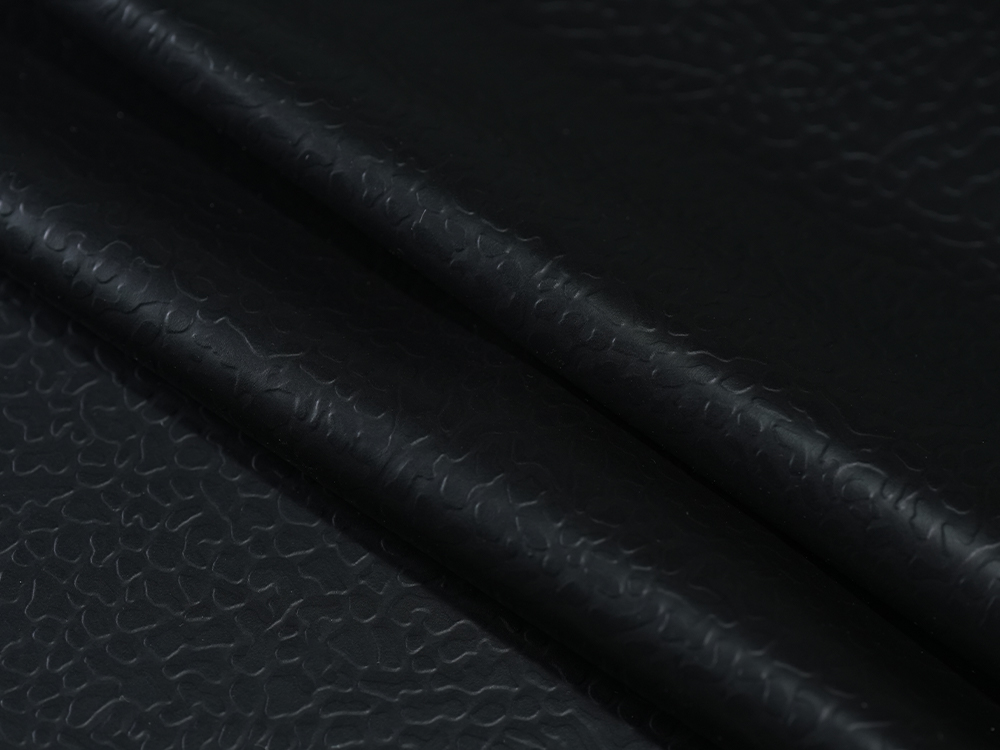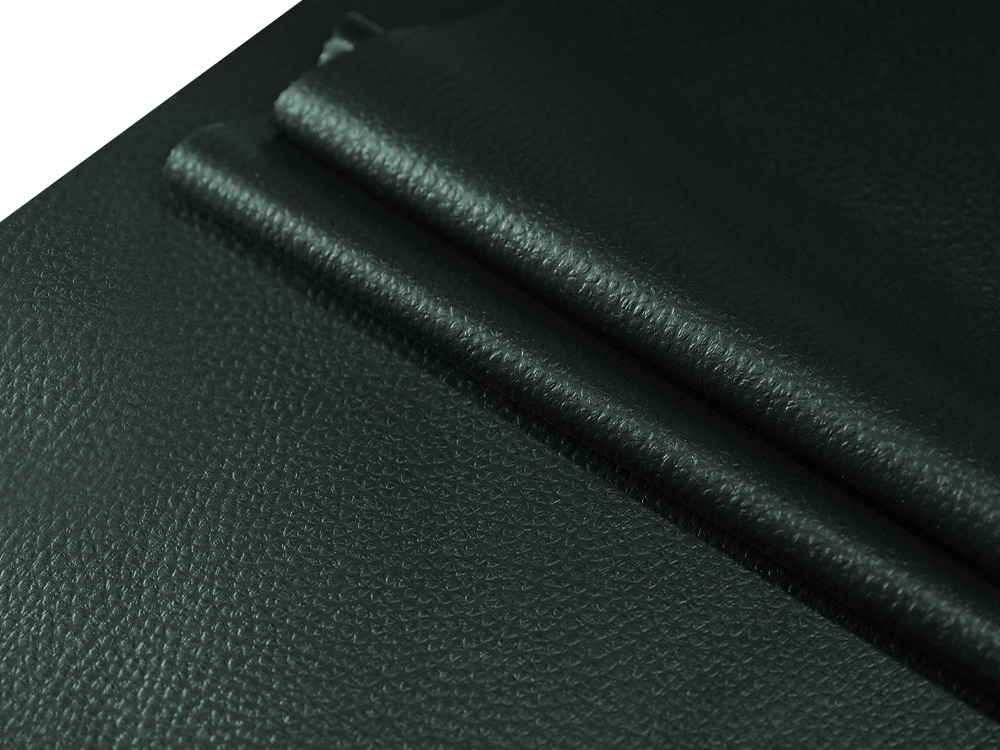Submit feedback
How to store leather release paper?
The storage of leather release paper needs to pay attention to the following aspects to ensure that its performance is not affected:
Dry environment: Release paper should be stored in a dry and ventilated place to avoid humid environments. If the humidity in the air is too high, it is easy for release paper to absorb moisture, causing the paper to become soft and deformed, affecting its release performance and physical strength. It is recommended to maintain a relative humidity of 40% -60% in the storage environment. Desiccants can be used to absorb moisture from the air, such as placing an appropriate amount of quicklime, silica gel, and other desiccants in storage warehouses, and regularly replacing them to keep the environment dry.
Suitable temperature: Temperature also has a significant impact on the performance of leather release paper. Excessive temperature may cause changes in the performance of the release agent on the release paper, resulting in a deterioration of the release effect; Too low a temperature may make the paper brittle and prone to breakage. Generally speaking, the storage temperature should be controlled between 15 ℃ and 25 ℃. Avoid storing release paper in direct sunlight, as direct sunlight can cause local temperatures to become too high, accelerating paper aging and performance degradation. At the same time, it is also necessary to stay away from heat sources such as heaters, stoves, etc., to prevent the release paper from being damaged by heat.
Packaging intact: During storage and transportation, ensure that the packaging of the release paper is intact and undamaged. The original packaging can protect the release paper from dust, impurities, and mechanical damage. If the packaging is damaged, the packaging material should be replaced in a timely manner, such as wrapping it with plastic film or kraft paper to maintain the cleanliness and integrity of the release paper.
Classification storage: Leather release paper of different specifications, models, and batches should be classified and stored for easy management and retrieval. It can be classified and labeled according to parameters such as thickness, width, and release force of release paper, so that the required release paper can be quickly and accurately found during use, and it is also convenient for quality tracking and management of products from different batches.
Prevent heavy pressure: Release paper should be avoided from heavy pressure as much as possible, as heavy pressure may cause deformation and adhesion of the paper, affecting its flatness and release performance. If stacking is required for storage, the height of the stack should be controlled, generally not exceeding 2 meters, and a cushion plate should be placed at the bottom to distribute pressure. At the same time, during the transportation process, handle with care to avoid rough loading and unloading, and prevent the release paper from being squeezed and bumped.


 English
English 中文简体
中文简体


















